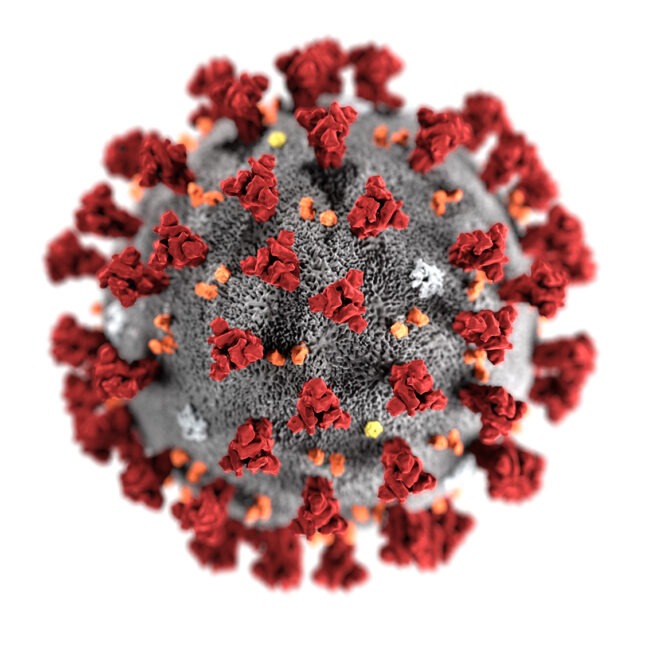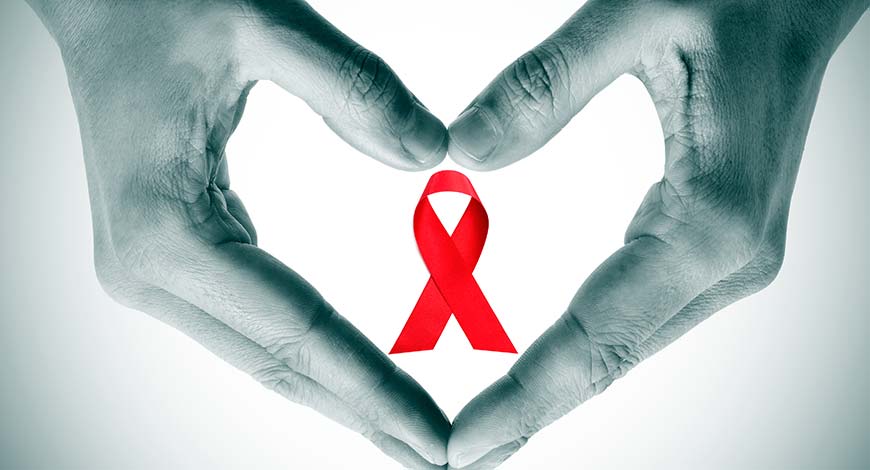Scientists from the University of California San Diego discovered a new way the immune system detects certain viruses, including SARS-CoV-2, through an immune protein known as CARD8. However, CARD8’s function varies between species and individuals, influencing its ability to sense different viruses, which may potentially contribute to the variation in COVID-19 disease outcomes.
Certain individuals have genetically lost the ability to detect coronavirus infections via the recently discovered CARD8 sensor.

Inflammasomes constitute a complex network of molecular alarms that are triggered in our bodies upon the onset of an infection. Yet, the inner workings of these sensors, responsible for kick-starting defenses against threats such as harmful pathogens, have piqued the curiosity of immunologists due to their intricate operational mechanisms.
In a new study, University of California San Diego biologists describe a previously unknown way that the immune system detects certain viruses. The inflammasome immune protein known as CARD8, they found, can serve as a trip wire to detect a range of viruses, including SARS-Cov-2, which causes COVID-19.
Adding a twist to their discovery, researchers led by the School of Biological Sciences’ Matt Daugherty and colleagues at the University of Washington and UC Berkeley, found that CARD8 functions differently among various species and even varies between individuals in the human population. The findings, which resulted from a series of experiments across human cell lines and an analysis of CARD8 genetic variation in mammalian species, are described in the journal PLOS Biology.
“In a version of CARD8, we found that some humans have lost the ability to sense coronavirus infections based on a single genetic difference but have gained the ability to sense viruses in a different family, the enteroviruses—which includes rhinovirus (common cold) and poliovirus,” said Daugherty, an associate professor in the Department of Molecular Biology. “So that means it’s an evolutionary tradeoff and CARD8 diversity in humans impacts which viruses can be sensed and which ones cannot.”
The research team found that the bat version of CARD8 is not able to sense coronaviruses. This could explain how coronaviruses are able to infect bats so easily and become a virus “reservoir.”
Adding a twist to their discovery, researchers led by the School of Biological Sciences’ Matt Daugherty and colleagues at the University of Washington and UC Berkeley, found that CARD8 functions differently among various species and even varies between individuals in the human population. The findings, which resulted from a series of experiments across human cell lines and an analysis of CARD8 genetic variation in mammalian species, are described in the journal PLOS Biology.
“In a version of CARD8, we found that some humans have lost the ability to sense coronavirus infections based on a single genetic difference but have gained the ability to sense viruses in a different family, the enteroviruses—which includes rhinovirus (common cold) and poliovirus,” said Daugherty, an associate professor in the Department of Molecular Biology. “So that means it’s an evolutionary tradeoff and CARD8 diversity in humans impacts which viruses can be sensed and which ones cannot.”
The research team found that the bat version of CARD8 is not able to sense coronaviruses. This could explain how coronaviruses are able to infect bats so easily and become a virus “reservoir.”
The findings provide evidence that CARD8 has evolved substantially across different species of mammals and individual humans. According to the authors, “Our findings establish CARD8 as a rapidly evolving, polymorphic, innate immune sensor of positive-sense RNA viruses.”
Daugherty said researchers have only found the tip of the iceberg in terms of the way immune sensors sound the alarm about pathogens and infection.
“It’s amazing to see this evolutionary balance of one virus to another going from sensing to not sensing—it’s mind-blowing,” said Daugherty.
More studies are needed to thoroughly determine CARD8’s role in the severity of COVID-19 infections and long COVID symptoms.
“It is tempting to speculate that diminished CARD8 inflammasome activation may be a contributing factor to variation in COVID-19 disease outcomes, and more generally for other human pathogenic coronavirus and picornavirus infections,” the authors note.
Reference: “Host-specific sensing of coronaviruses and picornaviruses by the CARD8 inflammasome” by Brian V. Tsu, Rimjhim Agarwal, Nandan S. Gokhale, Jessie Kulsuptrakul, Andrew P. Ryan, Elizabeth J. Fay, Lennice K. Castro, Christopher Beierschmitt, Christina Yap, Elizabeth A. Turcotte, Sofia E. Delgado-Rodriguez, Russell E. Vance, Jennifer L. Hyde, Ram Savan, Patrick S. Mitchell and Matthew D. Daugherty, 8 June 2023, PLOS Biology.
The study was funded by the National Institutes of Health, the Pew Biomedical Scholars Program, the Hellman Fellows Program, the Burroughs Wellcome Fund, the Helen Hay Whitney Foundation, the Ford Foundation Predoctoral Fellowship Program, the National Science Foundation graduate research fellowship, the Mallinckrodt Foundation, the UC Berkeley CEND Catalyst award, and Howard Hughes Medical Institute.
The research study’s authors include: Brian Tsu, Rimjhim Agarwal, Nandan Gokhale, Jessie Kulsuptrakul, Andrew Ryan, Elizabeth Fay, Lennice Castro, Christopher Beierschmitt, Christina Yap, Elizabeth Turcotte, Sofia Delgado-Rodriguez, Russell Vance, Jennifer Hyde, Ram Savan, Patrick Mitchell and Matthew Daugherty.













